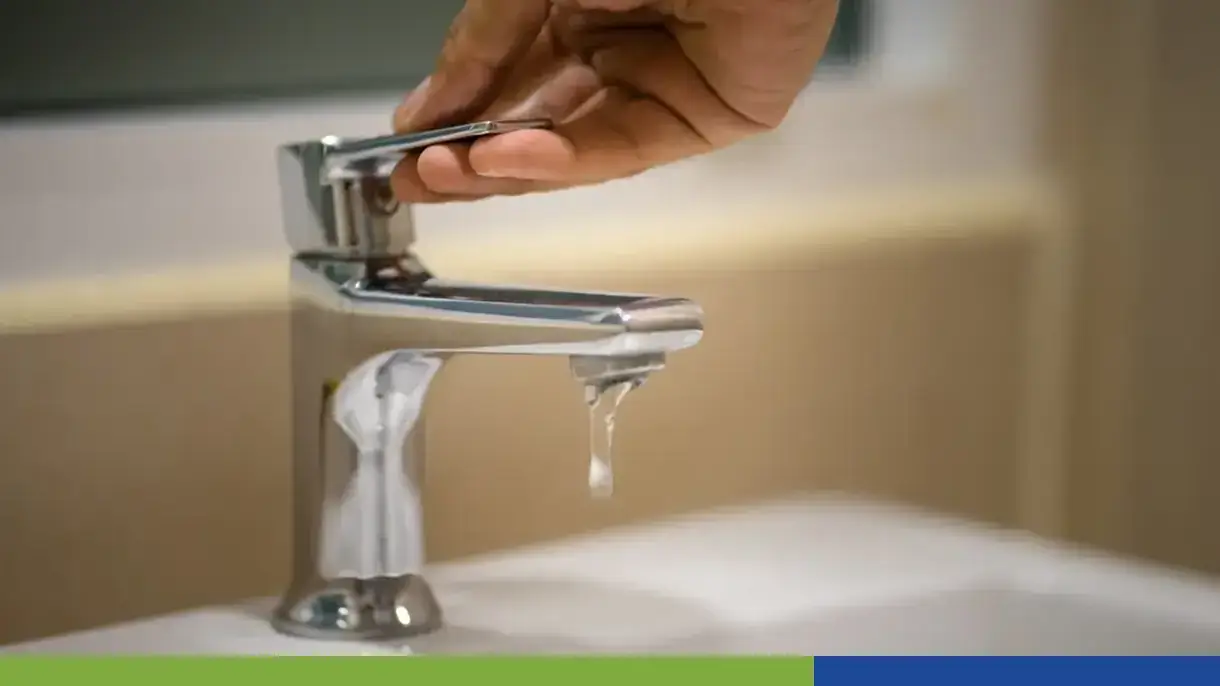
How to Conserve Water

Now more than ever, water conservation has become a focus of many conversations surrounding climate change, environmental consciousness, and the future of the planet. So, let’s go through your house, room-by-room, to find a few new ways to save on your water bill and slow your water usage.
The Bathroom
- Keep the faucet off while brushing your teeth, shaving, washing your face, etc. Try to use shorter bursts of water when necessary.
- Install a more efficient toilet or conservation accessories to your existing toilet.
- Only use your toilet to dispose of waste, not things like tissue, trash, or food.
- Install a low-flow shower head and take shorter showers.
The Kitchen
- Only run your dishwasher with full loads to conserve time and energy as well as water.
- Soak your pots and pans instead of scrubbing under running water.
- Fix any leaking faucets or pipes.
- Install an aerator to your kitchen sink. This will add more air into your water to increase volume and pressure in your water without increasing the amount of water being used.
- Be smart with your cooking water: defrost in the fridge or the microwave instead of under running water.
- Use appropriate pot and pan sizes to avoid excess water or forego most of the water all together and steam your vegetables.
- Reuse cooking water for things like watering your garden and making chicken stock.
Elsewhere
- Winterproof your home to avoid any costly pipe bursts, leaks, and other emergencies.
- Use a high-efficiency laundry set to not only conserve water but save on your energy bill as well.
- If you have a pool, cover it up when it isn’t in use to keep the water clean and the temperature consistent.
- Water your garden by hand instead of using a sprinkler system to reduce overwatering.
- If you’re a serious gardener, consider installing an irrigation system or finding a way to harness rainwater for your gardening efforts.
It may be difficult to implement these water conservation practices at first, but once they become part of your daily routine, you’ll wonder why you used so much water in the first place!
Little by little, all of us can take steps to lead more water-conscious lives.